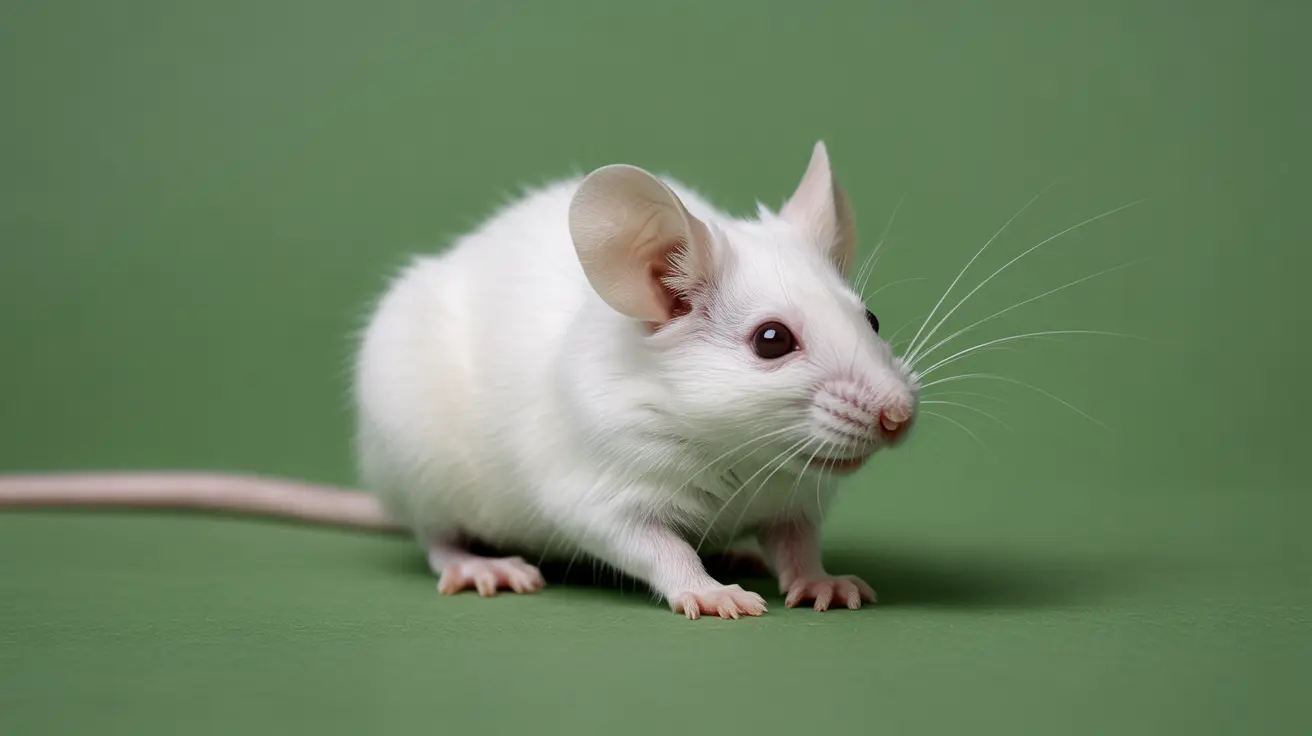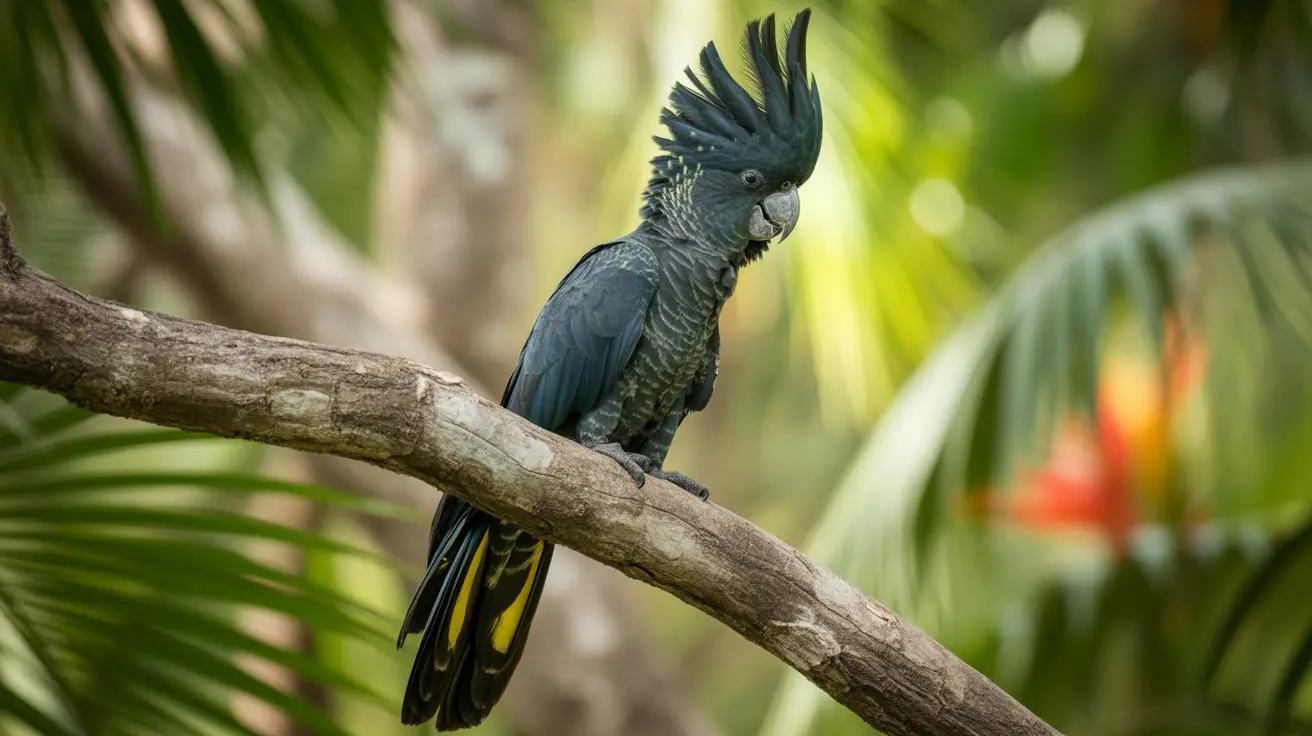Understanding the Helicopter Tail in Dogs
Dogs communicate with humans and other animals using a wide array of body language cues. One of the most prominent and expressive tools they possess is their tail. While many assume tail wagging always signals happiness, the reality is far more nuanced. Among the various tail movements, one particularly distinctive and joyful display is the helicopter tail.
What Is a Helicopter Tail?
The term "helicopter tail" refers to a unique wagging motion where a dog’s tail spins in a full circular motion, much like the blades of a helicopter. This motion differs from standard side-to-side or up-and-down wagging. It generally occurs during moments of intense happiness, joy, and enthusiasm.
When Do Dogs Helicopter Wag?
Dogs usually perform a helicopter tail wag in highly positive emotional states. Common scenarios include:
- Reuniting with a beloved person after a long absence
- Interacting with a favorite dog or pet friend
- During play sessions that are especially exciting or stimulating
- Receiving praise or treats in a training session
- Greeting a trusted family member at the front door
This motion is especially common in social breeds that thrive on human interaction, such as Labrador Retrievers, Golden Retrievers, and other affectionate companions.
Interpreting the Helicopter Tail
Understanding what a helicopter tail signifies requires paying attention to context and the dog’s overall body language. Typically, a circular wag means:
- High arousal: The dog is seriously excited in a positive way.
- Affection: This tail wag is usually directed at someone the dog likes.
- Confidence: The dog feels secure and elated in the current situation.
Additional clues include a wagging body, soft facial features, relaxed ears, and a play bow. These indicators reinforce the idea that the dog is happy and wants to engage.
Helicopter Tail vs Other Tail Wags
While helicopter tail wags are positive, other tail movements vary in meaning. Here’s a quick comparison:
- Broad, loose wag: Friendliness or curiosity
- Fast, stiff wag high up: Excitement or possible aggression
- Tail tucked between legs: Fear, submission, or anxiety
- Slow wag at mid-level: Uncertainty or caution
In contrast, a helicopter tail is almost always a positive signal of extreme joy—a canine version of jumping for joy.
Breeds and Tail Types
Different breeds express tail movements differently. For instance:
- Curly tails (like Pugs or Huskies): May make helicopter wagging less visible
- Docked tails: Reduce expression through wagging, so look for full-body cues
- Long-haired breeds: Fluffy tails might disguise circular motion
Knowing your dog’s normal tail habits helps in recognizing when a helicopter wag is special or unusual.
Tail Movement Direction and Meaning
Research indicates that wagging direction may matter too:
- Right-sided wag: Indicates comfort or familiarity
- Left-sided wag: May indicate suspicion or anxiety
Helicopter wagging often incorporates full-circle movement, suggesting uninhibited joy or engagement—typically beyond left or right-sided bias.
What If the Tail Doesn't Move That Way?
Not all dogs helicopter wag, and that's perfectly normal. A dog may never display this behavior due to:
- Natural tail carriage
- Limited muscle control or injury
- Temperament (some dogs are more reserved)
If your dog does show helicopter tail wagging, it’s likely indicating a cherished moment or connection.
When to Be Concerned About Tail Behavior
Tail signals are important, but they aren’t infallible. If your dog’s tail suddenly changes its normal position or movement pattern—especially if it stays in one position for a long time or seems painful—it could indicate:
- Injury
- Infection or inflammation
- Neurological issues
In such cases, a veterinarian should evaluate the dog promptly.
Conclusion: Joy on Display
The helicopter tail in dogs is more than just an adorable quirk—it’s a billboard for happiness. Recognizing and appreciating this sign helps dog owners better understand and respond to their pet’s emotional state. Combined with other body language signals (like relaxed ears, playful movements, and happy vocalizations), this tail behavior highlights moments of true canine joy.
Next time you see your dog’s tail spinning in joyful circles, you can be almost certain it means they’re thrilled to see you—or simply overjoyed in the moment.





